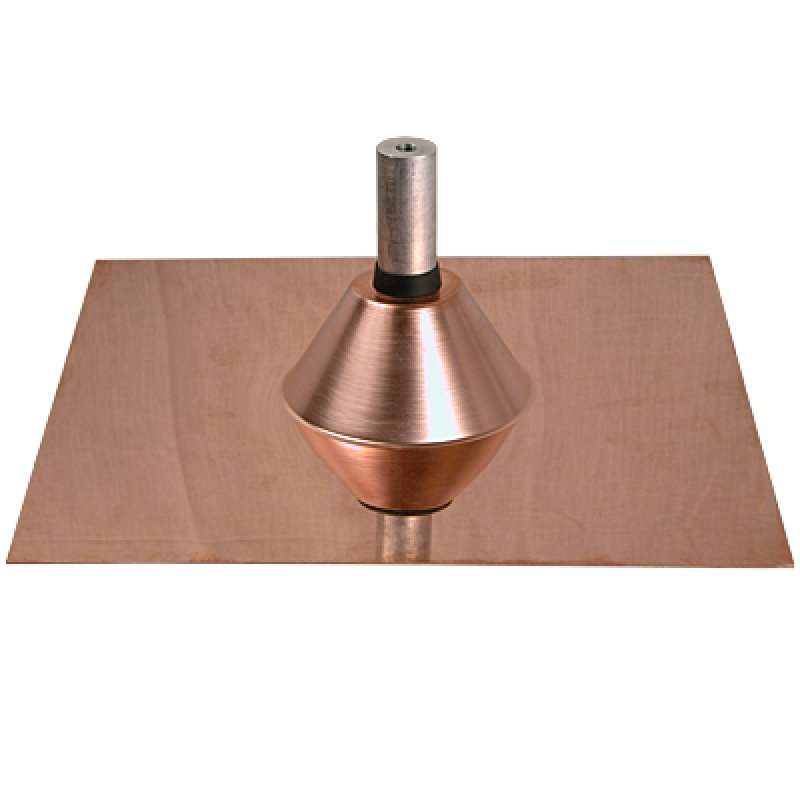Solar flashing acts as a crucial waterproof barrier meticulously installed around solar panels. Its primary function is to prevent water infiltration, safeguarding your property against potential damage caused by leaks. By sealing edges, joints, and gaps, solar flashing ensures the integrity of your structure remains intact, even in regions prone to heavy rainfall, snow, or ice.
The importance of solar flashing
Without proper solar flashing, water ingress poses a significant risk to your property's structural integrity. Moisture seepage can lead to costly damage, compromising not only the solar installation but also the underlying roof structure. Solar flashing serves as a protective shield, mitigating these risks and preserving the longevity of your investment.
Exploring types of solar flashing
When it comes to solar flashing, several types cater to different needs and preferences. Here are the most common options:

- Copper Solar Flashing: Durable and with a long lifespan, copper flashing is a popular choice. Its ease of use makes it ideal for both professional and DIY installations. Although more expensive, the investment pays off with years of reliable performance.
- Aluminum Solar Flashing: Lightweight and cost-effective, aluminum flashing is a popular choice for many installations. However, it may require more frequent replacement compared to copper due to its lower durability.
- Galvanized Solar Flashing: Known for its rigidity and strength, galvanized flashing is ideal for areas with high wind exposure. While more challenging to work with, its clean aesthetic appeals to many homeowners.
- Stainless Steel Solar Flashing: Renowned for its durability and sleek appearance, stainless steel flashing offers long-lasting performance. However, cutting stainless steel may require specialized tools and expertise.
Installation tips for solar flashing
Ensuring proper installation is key to maximizing the effectiveness of solar flashing. Here are some quick tips to guide you through the process:
- Accurate Measurement: Measure the installation area meticulously to ensure a precise fit for your solar panels and flashing.
- Professional Expertise: If working with a contractor, ensure they have experience with solar installations and understand the importance of proper flashing installation.
- Follow Manufacturer Guidelines: Adhere to the manufacturer's instructions meticulously to achieve a proper seal and prevent leaks.
- Take Your Time: Whether DIY or professional installation, patience is key. Rushing the process can result in errors that compromise the effectiveness of the flashing.
- Regular Maintenance: After installation, routinely inspect the flashing and sealant to ensure ongoing protection against water ingress.
Explore our solar panel flashing kits
Ready to embark on your solar journey? Explore our range of solar flashings at Thunderbird Products. Our kits are available in various sizes and materials, including Copper, Stainless Steel, Galvanized, Aluminum, and Bonderized Metal. Whether you prefer a sleek modern aesthetic or a more traditional look, we have the perfect solution to suit your needs.
Don't let water damage dampen your solar aspirations. Invest in quality solar flashing today and unlock the full potential of your solar installation.


